Menu
You can manage your membership and billing method by clicking here
Terms of Service
Privacy Policy
Copyright © 2025 Office of Immigration Australia, a private company registered in Australia. All Rights Reserved.

Checking membership status...
 EXCLUSIVE MEMBERS ONLY ACCESS
EXCLUSIVE MEMBERS ONLY ACCESSTo access this month’s edition & Member’s only resources, enter your registered email address.



Exclusive Australian Immigration News, Updates & Opportunities
April 2025
This bulletin is for members only, and provides our members with month to month updates on Australian immigration policy changes and consequential opportunities. Opportunities are found via federal and state government policy shifts for the demand and supply for certain occupations.
This bulletin will keep you up to date so that you do not have to employ expensive immigration lawyers to provide you with monthly research.
In this month’s Federal News: Australia’s ambition to reach a 40 million population by mid-century now hinges on consistent immigration, positioning newcomers as vital contributors to the nation’s growth. Australia is currently on track to integrate skilled immigrants, leveraging their skills and drive to build a stronger and more vibrant society.
In other federal news, we discuss how to submit a flawless Expression of Interest (EOI) and why this is vital for Australian skilled migration, as common mistakes can severely hinder visa prospects and jeopardize chances of invitation.
In This Month’s State News: Skilled workers residing offshore remain eligible to be considered for State and Territory nominations! Please view the State Migration Section of this month’s bulletin for all State and Territory program updates and opportunities available!
In this month’s Economic News: Australia’s construction sector is in “extraordinarily desperate” need of half a million tradespeople by 2029, prompting industry leaders to demand an urgent skilled migration overhaul. To bridge this critical gap, they’re pushing for immediate government action to fast-track migrant workers onto the country’s booming building sites.
In other economic news, we speak with a young ‘fly-in fly-out’ worker who has secured a $90,000 kitchen hand job in Australia’s mines, proving that lucrative opportunities exist without prior experience or qualifications.
Also in this month’s bulletin, we discover the coastal town of Port Stephens — with its striking azure waters, endless outdoor adventures, and stunning natural scenery… this place has just been crowned Australia’s best town for 2025!
In this month’s Student News: We cover a suite of resources for anyone looking to study in Australia in 2025. These tools provide the ultimate checklist to prevent visa application delays or refusals.
Also in this month’s student news, we take a look at the top 10 highest-paying part-time jobs in Australia for international students in 2025!
All this and much more in the April issue of The Australian Immigration Bulletin! Let’s take a deeper look at what has happened so far and what is planned for the remainder of April 2025 in Australian Immigration, so that you can start planning!
All members now have FREE access to an online IELTS English Platform and course to practice, study and improve their English and IELTS score. The IELTS exam is one of the key recommended exams you will need to take in order to Apply for Skilled Migration to Australia and the better your results, the higher points you will get when submitting an expression of interest. The advanced English and IELTS platform will allow all members to practice Mock IELTS Exams, learn cutting edge tips and gain a greater understanding of how to achieve a Band 7+.
All members also have access to “ImmiConnect” which is now available in the member’s area. ImmiConnect is the Office of Immigration Australia’s Employer Sponsored program which allows overseas workers to receive job interview invitations from Australian employers, when job opportunities come available.
The program aims to bring globally mobile, highly-skilled and specialised individuals to Australia who can fill critical areas of need.
ImmiConnect is exclusive to active Australian Immigration Bulletin Members only. You must be a current Australian Immigration Bulletin Member to be eligible to receive job interview invitations.
So if you are interested in receiving these invitations, please sign up for FREE by Clicking “ImmiConnect” and adding your name and email address.

*2 WINNERS DRAWN EVERY MONTH:
Current Round: January 2025 – May 2025 (10 Winners/Prizes in total)
There is always a winner, and the next one could be you!
The winners of the April 2025 Immigration Prize Giveaway were drawn at 10am AEST on 1st April 2025.

Congratulations to the April 2025 winners! You have been sent a confirmation email with details on how to claim your prize!
The next 2 lucky winners will be drawn at 10am AEST on 1st May 2025.
This Bulletin and its contents is for general information purposes only and should not be used as a substitute for consultation with professional advisors.
As legislation and travel requirements are constantly changing, we strongly recommend obtaining advice on your individual situation from a Registered Migration Agent.
Please click here to book a consultation with one of our Registered Australian Migration Agents, located in Australia.
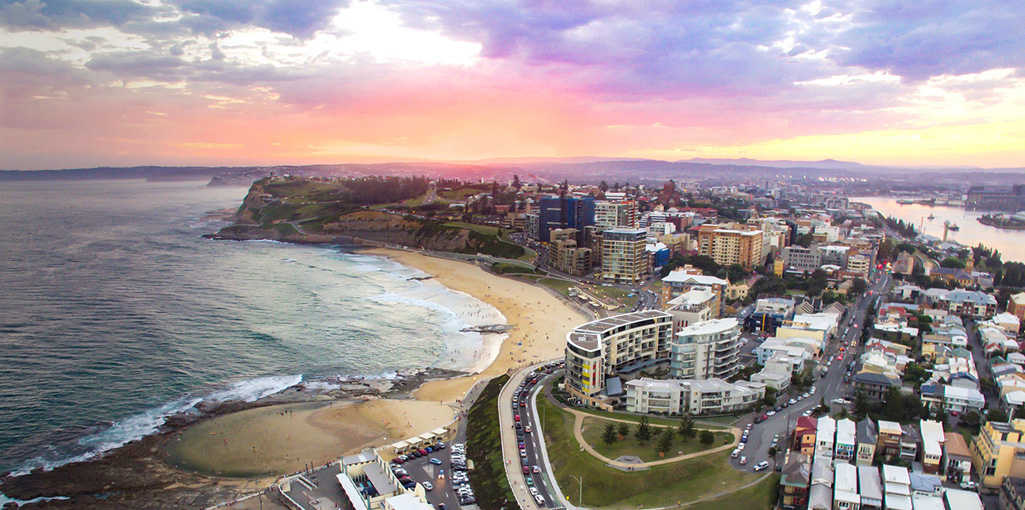
Newcastle, New South Wales
The Results of the August 2021 census were made public on 12th July 2022, and revealed that Australia has become a majority migrant nation, as the census data shows for the first time that more than 50 per cent of residents were born overseas or have an immigrant parent. Last year’s census counted nearly 25.5 million people, including 1 million new residents.
Australia’s 2025 Migration Program has been carefully designed to boost the social and economic outcomes that meet Australia’s needs. In fact, the migration programme was first launched in 1945 following the aftermath of World War 2. Given this long history, it is worth understanding how it works. The Australian Immigration Bulletin exists to help explain this in more detail.
As we’ve entered the 4th month of the year, join us for a look at the latest news and developments in the world of Australian Immigration!

We spoke with a skilled migrant, a civil engineer currently working for a private consultancy.
Tell us about your job now.
I have worked for this consulting firm for nearly 4 years. I did not originally intend to work for a private firm.
I had been working for a state department for 7 years. However, the company, which I am working for at the moment, asked me if I’d like to work for them. It was a hard decision but in the end, I decided to leave the public sector.
How did you get your job before that?
I found the job through the government website. I was also looking for work through other websites:
I was also asking some of my friends who were already working in the engineering field if there were any job opportunities which may not have been advertised yet.
I applied and went for an interview.
What things do you wish you knew or did differently?
I came from Vietnam which is a non-English speaking country. For a long time, I didn’t really focus on improving my English. I wish my English could be better so that I would have communicated with the people who interviewed me in a better way.
How did you get your very first professional job in Australia?
My very first job was also with an engineering consultancy. I got this job through a friend of mine who is also a civil engineer. He had referred me to the company manager who then offered me a casual position.
This was not the position I was looking for. I was looking for a permanent position. However, I knew that this opportunity could allow me to demonstrate my ability to work in a foreign country and adapt to its culture.
What did you learn from your very first job?
I succeeded in demonstrating that [ability to work in a foreign country and adapt to its culture]. This very first job was a stepping stone to the job with the state department.
My first job allowed me to expand my relationship network and provided me working experience in Australia. These definitely helped me in finding my second job.
And the more experience you accumulate through time, the more opportunities you find.
What obstacles did you face?
Firstly, English was my big problem. At a lesser extent, working culture was another issue.
How did you overcome those obstacles?
With the language, I have no choice but keep improving it day by day. Learning English everywhere, every time. I worked to improve all the aspects of the language including reading, writing, listening and speaking.
To overcome working culture, I have tried to learn about Australian culture and the people. At the same time, I also keep improving myself to be more adaptive and flexible.
Furthermore, I have focused on developing soft skills such as interpersonal skills, communications skills, teamwork skills, time management skills, etc.
I know that employers look for candidates with soft skills as they are such important skills that could contribute to the success of a business.
What have you learnt about job seeking?
For non-English migrants, English might be an obstacle in finding a job, depending on what industry you are in.
Expanding your relationship network would improve your chance of finding jobs.
What advice can you share with migrant jobseekers in Australia?
If you are finding it difficult to find a job, you might want to find some work experience through volunteer opportunities.
They might not relate to your main skills, but they will help you to improve other skills that includes soft skills.
Improve your English if you come from non-English speaking country.
Learn how to write a CV properly. Seek advice from who has succeeded in finding a job.
Expand your relationship network. Try to connect with people who come from the same country and successfully found a job here.
Do not just look for opportunities from one source. Try different sources.
You might even bring your CV to the company you like to work for, knock on their door and ask for opportunities.
Be positive and keep improving your skills. Adapt to the new culture. To do this, humility is required.
Be patient and keep looking for opportunities.
Australia is often seen as a land of opportunity, a place where hard work and determination can pave the way for a better life.
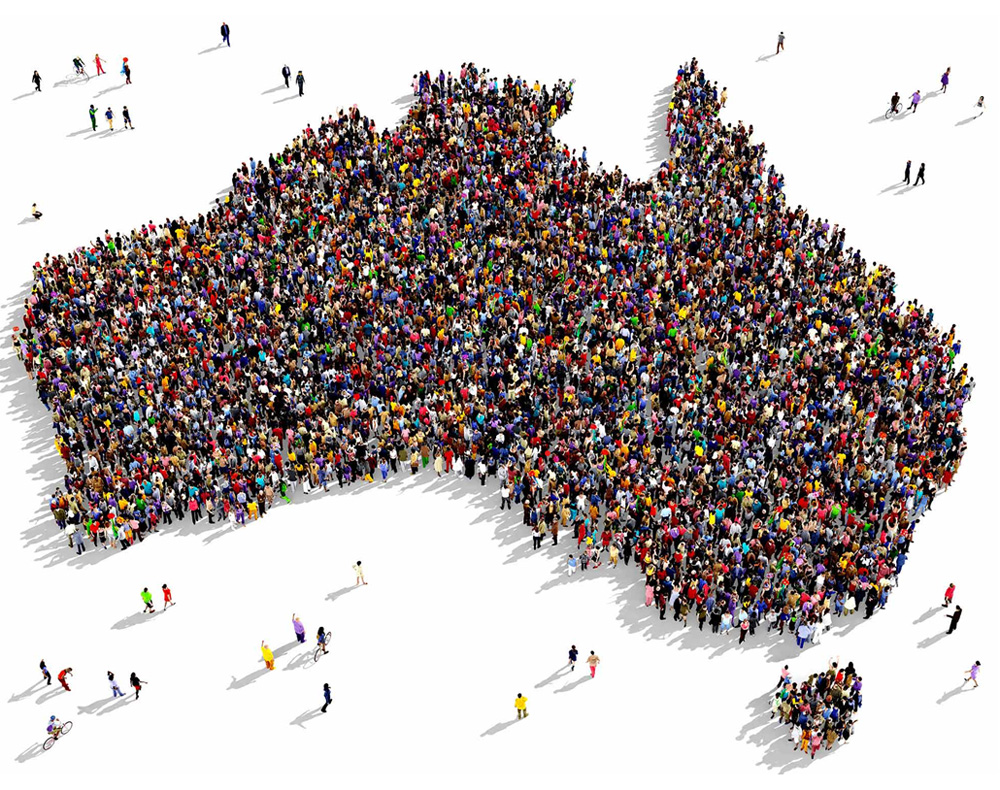
Australia has always been a “migration nation.”
From the post-war influx of European migrants to the waves of Asian immigration in recent decades, Australia has relied heavily on newcomers to fuel it’s population growth and economic prosperity.
Today, about two-thirds of population growth comes from overseas migration, with the remaining third due to natural increase-more babies being born than people dying.
However, even this natural increase is on shaky ground, as our birth rate has dropped to its lowest level ever, at just 1.6 babies per woman.
Without immigration, Australia’s population would age rapidly.
Migrants to Australia are predominantly young, falling within the 18 to 45 age bracket.
They bring with them energy, skills, and a readiness to contribute to the workforce.
Without them, the ratio of working-age Australians to retirees would plummet, placing enormous pressure on Australia’s healthcare and social security systems.
The consequences would be stark: a shrinking labour force, declining productivity, and a slowdown in economic growth.
Economic Growth
When we think about growing an economy, there are three primary methods:
Australia’s debt levels are already high, and while improving productivity is always desirable, it’s often a slow and uncertain process.
Expanding the market size through immigration, however, provides an immediate boost.
New migrants don’t just fill jobs-they also create demand for goods and services.
They need homes, and schools for their children, and they spend money on everything from groceries to entertainment, driving economic growth across multiple sectors.
Social cohesion and cultural enrichment
Australia is one of the most successful multicultural societies in the world.
Nearly 40% of the population in cities like Sydney and Melbourne were born overseas.
This diversity has enriched the culture, cuisine, and way of life, making Australia a vibrant and dynamic place to live.
The benefits of immigration extend far beyond the economy-they include fostering innovation, bringing in new perspectives, and enriching our social and cultural life.
Immigrants have played a key role in shaping Australia’s identity, from the foods we eat to the sports we play.
They have brought with them new ideas, new businesses, and new ways of thinking that have helped Australia to thrive in an increasingly globalised world.
The big picture
Australia has a long-term plan to grow its population to 40 million by the middle of this century.
Achieving this goal requires constant immigration where Australia will continue to welcome it’s newcomers, integrating them into society, and harnessing their contributions to help build a stronger, more vibrant nation.
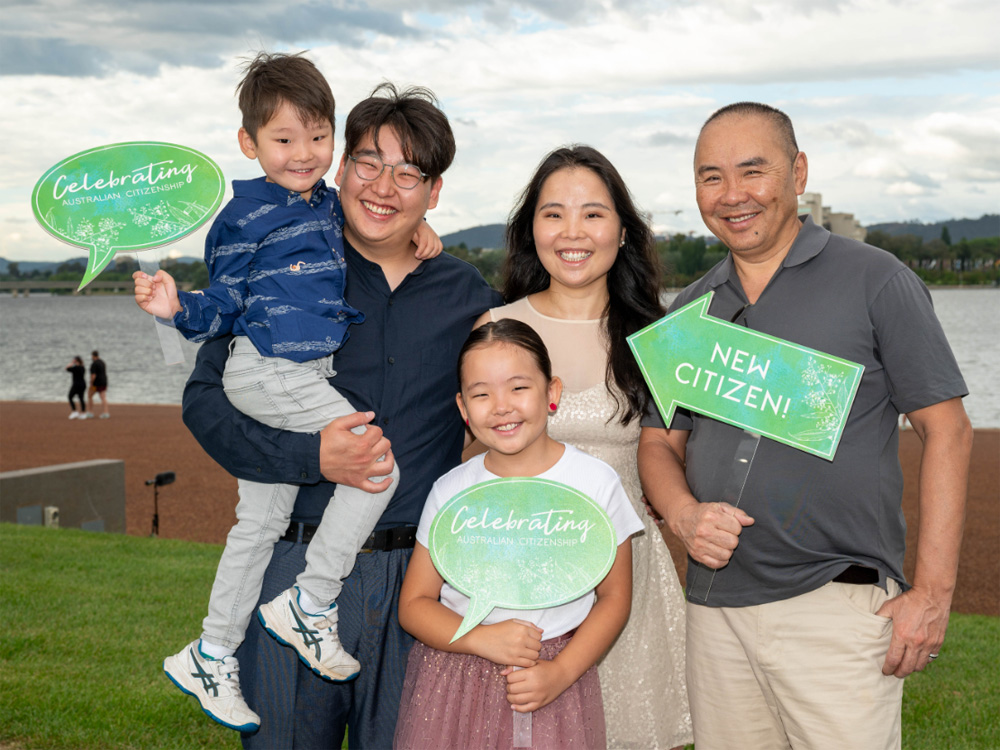
Australian citizenship is a shared identity—a common bond which unites all Australians while respecting our diversity.
Australia celebrates the diverse stories of our citizens, the values that we share and the history that we create together.
This year, local government councils and other organisations hosted more than 380 citizenship ceremonies as part of their Australia Day event programs. At the ceremonies, our newest citizens pledge their commitment to Australia and officially become Australians.
Australia welcomes every new citizen who pledges their commitment to Australia and commits to our shared values. We encourage every Australian to engage in active citizenship by becoming involved in their local communities. They can do this through respectful engagement, inclusion and helping others.
The Local Hero category in the National Australia Day Council’s Australian of the Year Awards highlights the importance of active citizenship. People show active citizenship through Australian values such as respect, equality, freedom and compassion. Local Hero recipients lead by example. They are role models who encourage others to be active citizens in their own communities and become agents of positive change alongside their fellow Australians.
For 2025, Australia’s Local Heroes are Vanessa Brettell and Hannah Costello, co-founders of the social enterprise Cafe Stepping Stone, which employs women from migrant and refugee backgrounds, and others facing employment barriers.


What is an Expression of Interest (EOI)?
An Expression of Interest (EOI) is a formal declaration of intent submitted by individuals or businesses to indicate their interest in a particular opportunity, such as a job position, business venture, immigration process, or government tender. It serves as a preliminary step in various selection processes, allowing authorities or organizations to assess applicants before inviting them to proceed to the next stage.
Submitting an Expression of Interest (EOI) is a crucial step in the Australian skilled migration process. A well-prepared EOI increases the chances of receiving an invitation for a visa. However, many applicants make avoidable mistakes that can delay or even jeopardize their application. Below are some of the most common mistakes to avoid when lodging an EOI.
1. Incorrect ANZSCO Code Selection
Selecting the wrong ANZSCO code can lead to rejection or misalignment with state nomination requirements. Ensure that your skills assessment aligns with the nominated occupation and check state-specific occupation lists before lodging your EOI.
2. Claiming Points Without Proper Evidence
Points claimed for work experience, educational qualifications, and partner skills must be supported by valid documents. Submitting an EOI with points that cannot be verified may lead to refusal at the visa stage.
3. Inaccurate Work Experience Details
Providing incorrect job descriptions, overlapping experience periods, or failing to match the nominated occupation requirements can result in the rejection of your EOI. Ensure that your work experience is correctly assessed by the relevant skills assessment authority.
4. Not Updating the EOI
Failing to update your EOI with new qualifications, improved English test scores, or additional work experience can reduce your chances of receiving an invitation. Regularly review and update your EOI to reflect the latest achievements.
5. Selecting Ineligible States for State Nomination (if applying for state nomination)
Each state has its own nomination criteria. Applying for state nomination in a state where you do not meet the requirements can lead to wasted effort and a lower chance of selection.
6. Entering Incorrect Personal Details
Simple errors such as incorrect passport numbers, date of birth, or spelling mistakes can cause delays or complications. Double-check all personal information before submitting your EOI.
7. Ignoring the Expiry of English Test or Skills Assessment
English language test results and skills assessments have validity periods. If these documents expire before an invitation is received, your EOI may become invalid. Ensure all documents remain valid throughout the process.
Conclusion
Lodging an EOI is a critical step in the migration process. Avoiding these common mistakes will help ensure a smoother and more successful application. Regularly reviewing your EOI, keeping documents updated, and understanding the visa requirements can significantly improve your chances of receiving an invitation.
 Employers name ‘skills gap’ as major barrier to business transformation
Employers name ‘skills gap’ as major barrier to business transformation
Nearly half of employers in Australia are hoping for changes in immigration policies to address the skills gap in their workforce.
The latest Future of Jobs Report found that 45% of Australian respondents hope for changes to immigration to attract global talent, much higher than the global average of 26%.
Barriers to business transformation
The call for better immigration policies comes as 65% of employers cite the ‘skills gap’ as a major barrier preventing business transformation.
Other barriers they cited include:
Macrotrends impacting Australia
Meanwhile, they also cited broadening digital access as the biggest macrotrend that will drive transformation in their organisations by 2030.
“The report reveals a tangled mix of global drivers transforming jobs globally and in Australia, resulting in skill disruption, new and evolving skill demands, and a substantial need for reskilling and upskilling,” said Innes Willox, Ai Group chief executive, in a statement.
“It demonstrates the importance of building the capability and size of Australia’s workforce now and over the coming years.”
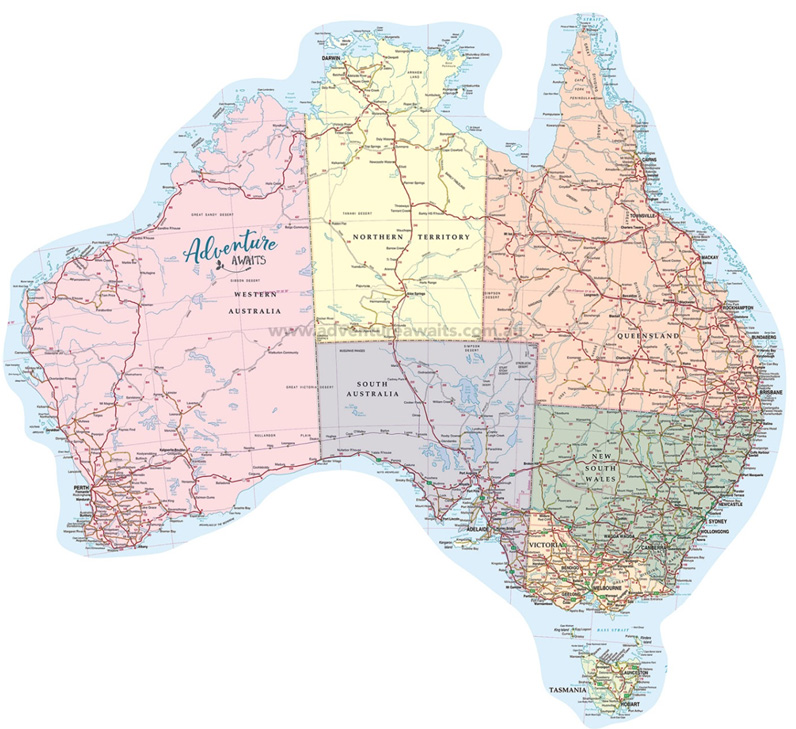
If you are interested in applying for a general skilled migration visa to Australia, it is important to have a good understanding of the skilled visa options and how the migration points test works, so that you can maximise your chances of being eligible to apply for a skilled visa.
A general skilled migration visa is an option available to skilled workers who are seeking to qualify for a skilled visa independently, or under a state or family sponsorship. It is an alternative to an employer sponsored visa.
One of the key criteria to qualify for a general skilled migration visa is the points test (a criterion that does not apply to employer sponsored visas). This is often the most challenging aspect for prospective skilled visa applicants to overcome when seeking an invitation to apply for the relevant skilled visa.
If you are considering applying for a general skilled migration program visa, an important concept to understand is the Expression Of Interest (EOI).
If you are considering applying for a general skilled migration visa, it is important to be aware that for certain visas in this visa class, you will first be required to lodge an EOI with the Department of Home Affairs (the Department) through SkillSelect. The EOI is not a visa application, but rather, it is the process by which you can express your interest in applying for the relevant skilled visa (It’s important to note, that there is NO fee to submit an EOI).
This requirement applies to the following skilled visa subclasses:
Let’s take a brief look at each of these visas below:
The ‘subclass 189’ is a federal sponsored visa that grants automatic permanent residence in Australia. It is subject to nil visa conditions or obligations. For this reason, it is often considered to be the most flexible of the skilled visa options available.
A subclass 189 points-based visa allows you to live and work in any state or territory permanently.
The ‘subclass 190’ is a state/ territory sponsored permanent residence visa. It is another points-based visa for which invitations are issued throughout each month by individual states and territories. One of the benefits of applying for state nomination is that you will be granted an additional 5 points.
An important aspect to consider, which does not apply to the subclass 189 visa is that there is an added step in the application process. In this case, you must also apply for nomination approval to a state or territory government. Only upon receipt of an invitation from the relevant state or territory to which you apply can you then apply to the Department for the visa itself.
Your obligations as a subclass 190 visa holder are that you must commit to your nominating jurisdiction’s obligations and commit to residing in your nominating State or Territory for two years from visa grant.
The ‘subclass 491’ is also a points-based state/ territory (or family) sponsored visa. It is a regional visa with a term of five years. The Department issues invitations for family sponsored EOI applications only (in invitation rounds). Invitations for state sponsorship are issued by individual states and territories throughout each month. This will grant you an additional 15 points for the nomination.
Being a provisional visa, this means it provides a pathway to permanent residence in Australia with the Subclass 191 Permanent Residence (Skilled Regional) visa, subject to meeting specified requirements.
Be mindful that as a subclass 491 visa holder, you must abide by visa condition 8579, which requires you to live, work and study in a designated regional area of Australia. For migration purposes, most locations of Australia outside of major cities (Sydney, Melbourne, Brisbane, Perth, etc.) are classed as regional areas.
If your EOI is successful, you will receive an invitation to apply for the visa, as specified in the invitation letter. This then enables you to proceed with lodgement of your visa application (provided you meet all other visa lodgement and visa grant requirements).
Please note, the below State and Territory program updates is a general overview only. It does not take into account any of your personal circumstances. You must check the State/Territory information carefully to ensure you can meet all the requirements for nomination.
Australia is currently facing a shortage of skilled migrants to fill workforce demands. In response, states and territories have been easing the conditions of their visa programs to help attract skilled workers from overseas.
Below is the monthly update for some of the State and Territory opportunities available.
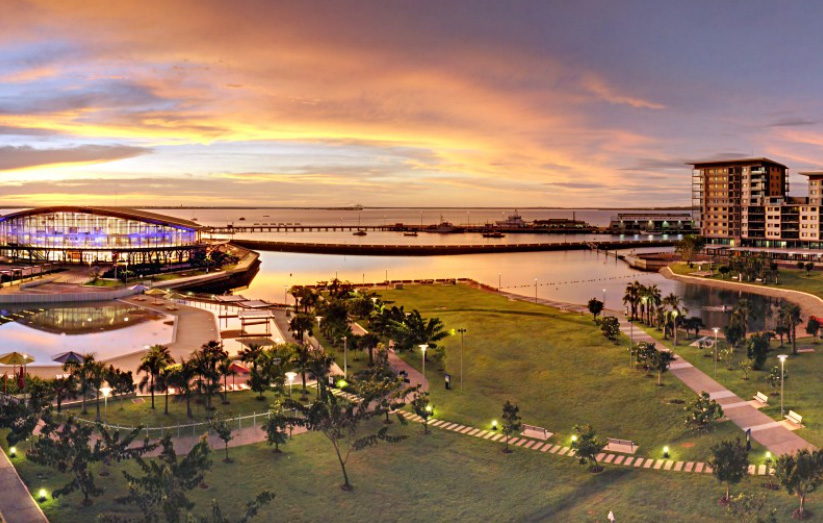
Program Status Update
UPDATE: Northern Territory General Skilled Migration (GSM) nomination applications for 2024-25
Northern Territory has now received sufficient nomination applications to fill the total allocations for the 2024-25 program year. To manage the large number of applications received against the limited allocation of nominations given to the Northern Territory we have suspended our online portal for new applications. All applications received before the suspension will continue to be assessed, and those who meet the eligibility criteria will be issued nominations.
The program will be reopened for new applications once nomination allocations are received for the 2025-26 program year (The program year generally runs from Start of July 2025 – End of June 2026).
During the suspension, applications will continue to be accepted by exception for onshore applicants who have certain visa deadlines before 1 July 2025. For more information on this, please view the update on NT GSM nomination applications for 2024-25 page.
Once the above mentioned temporary suspension is lifted, you may be able to proceed with the NT’s usual skilled migration program. Program details below:
People residing offshore are eligible to be considered for Northern Territory (NT) nomination. Invitations to apply for Northern Territory nomination will be via the ranking system.
The ‘Northern Territory Offshore Migration Occupation List’ identifies the occupations in current demand in the Northern Territory. This List is important if you want to apply for Northern Territory nomination for either a:
The ‘Northern Territory Offshore Migration Occupation List’ is only applicable for those applying for NT nomination from outside Australia, under the Priority Occupation stream.
Please note: The Northern Territory government has advised that offshore applicants will generally only be offered a Northern Territory nomination for a subclass 491 visa. Subclass 190 nominations will only be offered in exceptional circumstances, such as cases where the applicant has strong connections to the NT.
The NT advises eligible applicants to apply as soon as they meet the eligibility criteria. To receive a nomination from the NT Government, you must:
Before submitting an EOI for The Northern Territory, applicants should check that they meet all eligibility requirements.
For a further explanation, see the Frequently Asked Questions page on the Northern Territory Government website.
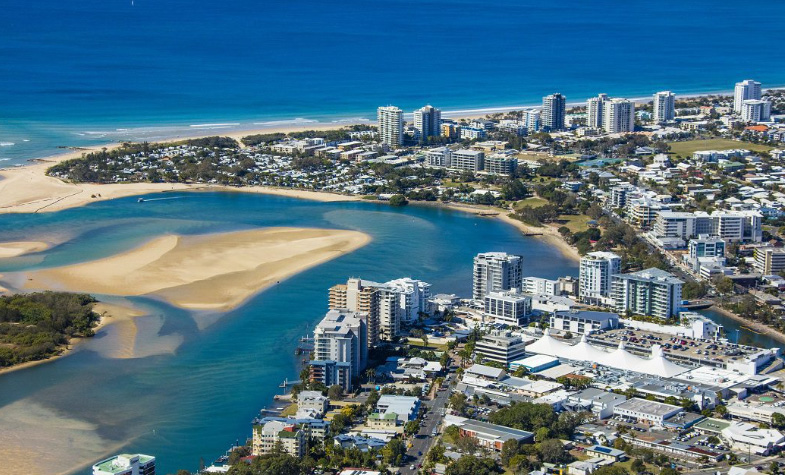
Program Status Update
Depending on your occupation and situation, there are two state nomination options available for skilled migrants through Queensland.
For Queensland state nomination, prospective applicants must meet the Department of Home Affairs requirements, state-specific occupation requirements and have skills in an occupation that is available on the Queensland Skilled Occupation List.
You may undertake employment once onshore in Queensland through:
Offshore applicants meeting the minimum published requirements are eligible to lodge an Expression of Interest (EOI) on SkillSelect and then a Registration of Interest (ROI) on the Migration Queensland portal.
Migration Queensland has opened the 2024-25 State Nominated Migration Program. For more information, please see here.
NOTE: To be eligible for Queensland’s 2024-25 program, your EOI must be submitted on or after 13 September 2024.
Migration Queensland criteria requires you to:
The 2024-25 Skilled Migration Program is open to both onshore and offshore applicants and provides pathways for skilled workers, graduates, and small business owners.
Before submitting a Registration of Interest (ROI) for Queensland, applicants should check that they meet all eligibility requirements.
Note: In the EOI, select ‘Queensland’ as the only state of interest in the EOI, if you wish to be considered for an invitation to apply for Queensland nomination.
For a further explanation, see the Frequently Asked Questions page on the Queensland Government website.
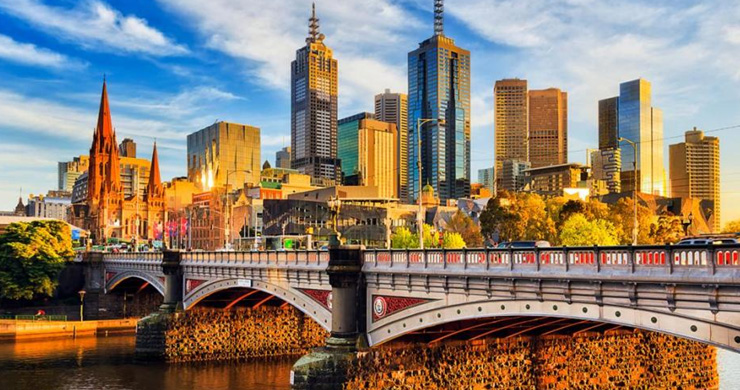
Program Status Update
Open to offshore applicants, the program provides skilled migrants with a pathway to permanent residency in Victoria. The skills that successful applicants bring to Victoria benefits employers and the broader Victorian economy.
The program provides two visa pathways:
As with previous years, applicants will first need to submit a Registration of Interest (ROI) and then be selected on competitive merit to apply for visa nomination.
*Please note: Invitation rounds occur frequently throughout the financial year with no set date.
To be invited to apply for Victorian skilled visa nomination, you must firstly make or update an Expression of Interest (EOI) via the Australian Government’s SkillSelect and then submit a Registration of Interest (ROI).
NOTE: If you previously submitted a ROI and wish to be considered for invitation in the 2024-25 program, you must submit a new ROI.
Both onshore and offshore applicants are eligible to submit a Registration of Interest (ROI) for both the subclass 190 and subclass 491 visas.
Your ROI will remain in the system for selection until it is withdrawn, selected or the program year ends.
Before submitting an ROI for Victoria, applicants should check that they meet all eligibility requirements.
For a further explanation, see the Frequently Asked Questions page on the Victoria Government website.
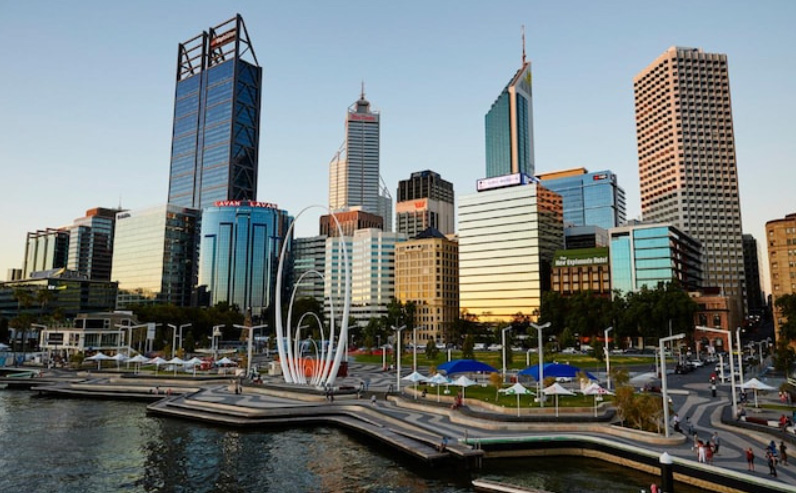
Program Status Update
People residing offshore are eligible to be considered for Western Australia (WA) State nomination. Invitations to apply for WA State nomination will be via the ranking system.
The Western Australian Skilled Migration Occupation List identifies the occupations in current demand in Western Australia. This List is important if you want to apply for Western Australia nomination for either a:
Please note that to be eligible for an invitation in the WA State Nominated Migration Program, you must meet both:
Before starting your application, you will need to check whether your occupation is available on either the WA Skilled migration occupation list (WASMOL) Schedule 1 or 2, or the Graduate occupation list. You can search for your occupation here. (The occupation list search bar is located under the heading ‘Eligible Occupations’.)
Features of the WA 2024-25 State Nominated Migration Program:
Before submitting an EOI for Western Australia, applicants should check that they meet all eligibility requirements.
For a further explanation, see the Frequently Asked Questions page on the Western Australia Government website.
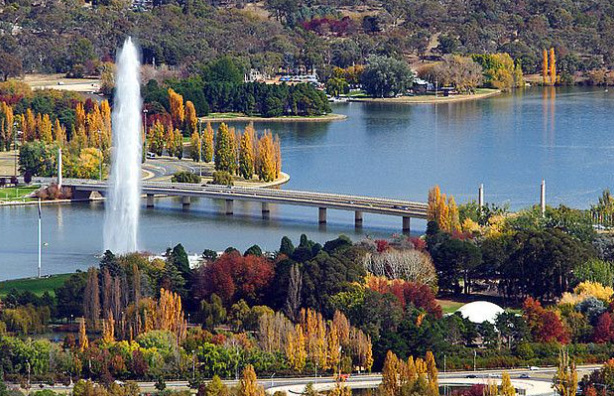
Program Status Update
The ACT Critical Skills List identifies the occupations in current demand in the ACT. This List is important if you want to apply for ACT nomination for either a:
The ACT Government will update this list every four months to make sure that the ACT Skilled Migration Program adapts and responds to the evolving critical skills needs of the ACT economy.
The Canberra Matrix is weighted to ensure that applicants who will make a positive economic contribution to the Territory and/or have demonstrated a genuine commitment to the ACT are more likely to be ranked and invited to apply for ACT nomination.
*ACT nomination does not guarantee a migration outcome. You must still meet the Department of Home Affairs criteria.
Every month, a certain number of nomination invitations are available (prorated on the annual allocation) to those working in the highest ranked Matrix in each occupation.
You can view the ACT’s most in-demand skills for skilled migration by consulting the ACT Critical Skills List.
Before submitting an EOI for The Australian Capital Territory, applicants should check that they meet all eligibility requirements.
Once you’ve submitted a valid Department of Home Affairs Skill Select EOI, follow the ACT Government Process to apply for ACT nomination.
For a further explanation, see the Resources page on the ACT Government website.
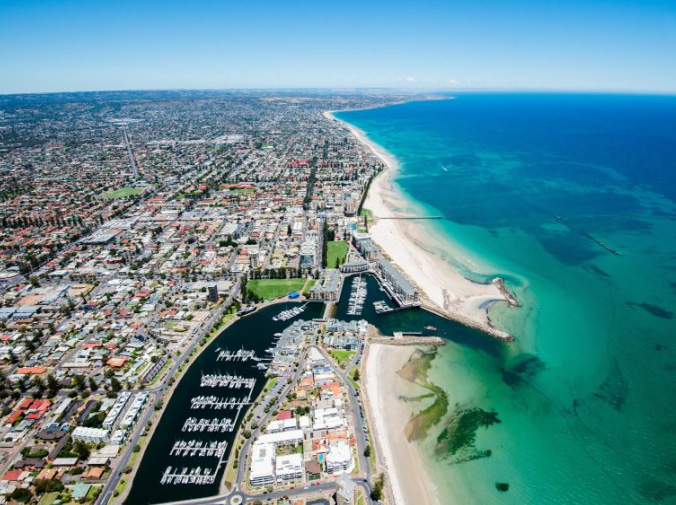
Program Status Update
Depending on your occupation and situation, there are two state nomination options available for skilled migrants through South Australia.
For South Australian state nomination, prospective applicants must meet the Department of Home Affairs requirements, state-specific occupation requirements and have skills in an occupation that is available on the South Australian Skilled Occupation List. Offshore applicants meeting the minimum published requirements can now lodge an Expression of Interest (EOI).
There is an enormous range of occupations on South Australia’s Skilled Migration Occupation List in a range of industries – search for your occupation here.
South Australia will select offshore applicants to apply for state nomination from those who have submitted an Expression of Interest (EOI) through SkillSelect. Offshore applicants will not need to lodge a Registration of Interest (ROI) for this year’s program. South Australia will be nominating offshore applicants from over 250 occupations on South Australia’s Skilled Migration Occupation List.
If you are currently residing offshore and seeking to move to South Australia, the first step is to create an Expression of Interest (EOI) in SkillSelect ensuring you select South Australia as your first preferred State or Territory.
The South Australian Government can then review your EOI for consideration under the Skilled Nominated (Permanent) visa (subclass 190) or Skilled Work Regional (Provisional) visa (Subclass 491).
For most occupations, applicants must have a minimum of three years of skilled employment in their nominated or related occupation within the last 5 years to secure an invitation to apply for SA nomination.
South Australia will be assessing candidates on merit by the following factors:
For occupations in the construction trades (as listed here) applicants must have a minimum of one year of skilled employment in their nominated or related occupation within the last 3 years.
Applicants in the construction trades will be assessed on merit by the following factors:
Before submitting an EOI for South Australia, applicants should check that they meet all eligibility requirements.
For a further explanation, see the Frequently Asked Questions page on the South Australia Government website.
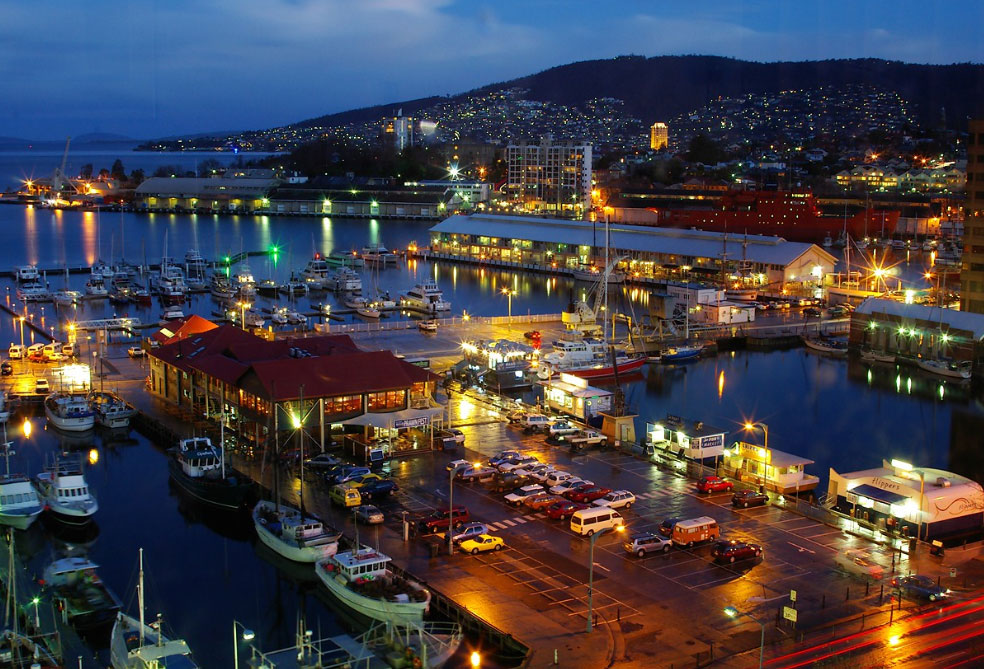
Program Status Update
Working in Tasmania
The two state nomination options available for skilled migrants through Tasmania are:
The Tasmanian State Nomination Skilled Migration Program supports Tasmanian businesses and increases the state’s working age population. It does this by attracting and retaining migrants with skills genuinely in need by employers, or with the capacity to settle in Tasmania through skilled employment in the long-term, and business activities that will increase employment opportunities.
Tasmania’s skilled migration program is for people wanting to move to the state who have skills that Tasmania need. Skilled migrants are attracted to Tasmania because of the state’s enviable lifestyle, career opportunities, affordable housing, reputable schools and a globally recognised university.
The Migration Tasmania Application Gateway is now available for registrations of interest (ROI) and applications for skilled visa nomination from Tasmania.
Anyone seeking Tasmanian nomination for a Subclass 190 Skilled Nominated Visa or Subclass 491 Skilled Work Regional Visa must first register in the Migration Tasmania Application Gateway .
Before submitting an ROI for Tasmania, applicants should check that they meet all eligibility requirements for either;
For a further explanation, see the Frequently Asked Questions page on the Tasmania Government website.
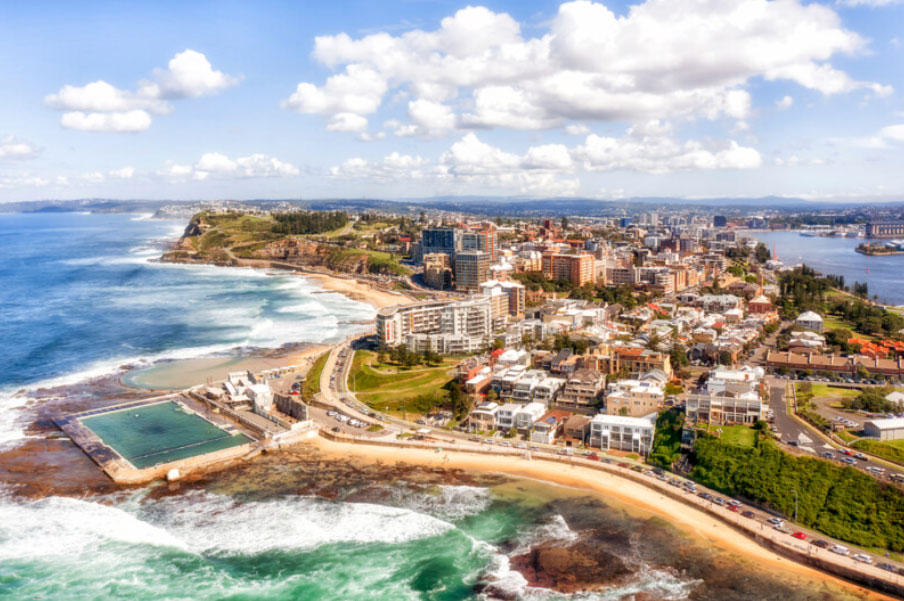
Program Status Update
The New South Wales government has invited applications from offshore migrants under the following nomination streams:
The NSW State Government announced that offshore applicants skilled in certain ANZSCO unit groups are eligible for NSW nomination.
*Please note: Invitation rounds occur frequently throughout the financial year with no set date.
NSW invites and nominates SkillSelect EOIs at the ANZSCO unit group level. To be eligible for NSW nomination (for either Subclass 190 or Subclass 491), your occupation must fall within an ANZSCO unit group identified on the NSW Skills List which reflects skills in high demand across the state, and be eligible for the visa.
Before submitting an EOI for New South Wales, applicants should check that they meet all eligibility requirements for either;
For a further explanation of how the skills list works, see the Common questions about skilled visas page on the NSW Government website.
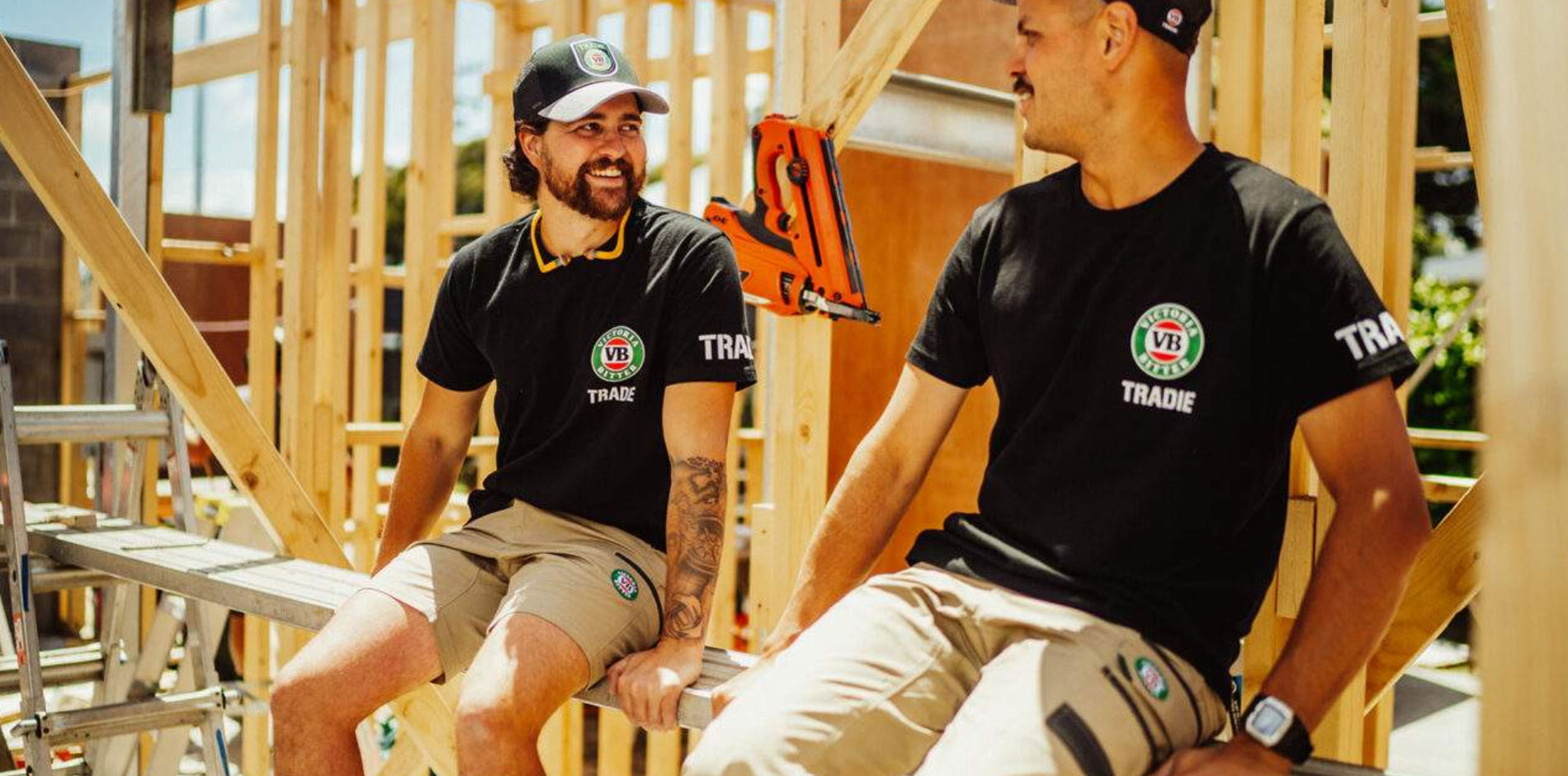
Leading construction bodies are urging the government to change its approach to skilled migration and bring in more migrants to ease the shortage of tradies.
Industry bodies say a chronic shortage of workers across 12 different trades is impacting housing prices and affecting the flow of new homes into the market.
Master Builders, the nation’s peak building and construction industry association, anticipates at least half a million workers must enter the construction industry by 2029 just to keep up with current construction demands.
That number does not account for the government target of building 1.2m new homes for the national housing accord, the transition to net zero or any other goals.
The huge shortage in workers is the largest contributor to growing construction costs, according to Master Builders.
In an March survey of Master Builders members , 85% said it was a struggle to find suitably qualified workers and 66% said sourcing workers was the biggest issue facing the industry.
Denita Wawn, the CEO of Master Builders Australia, said the industry was “extraordinarily desperate” for more workers, and that migrants were the answer in the immediate term.
“Labour shortages are currently the biggest handbrake on new home building and infrastructure projects. If we’re to have any hope of building 1.2m homes we need to get more skilled tradies into the country and quickly,” she said.
“Skilled migration is a vital piece of the workforce puzzle in the building and construction industry. In the short term, we cannot address labour shortages through domestic apprenticeships alone.”
She said construction costs had blown out by 40% since the pandemic, and attributed a large portion of that increase to labour shortages.
Matt King, a senior economist at HIA, said the lack of workers was a major problem.
“While the severity of shortages varies across Australian markets, all capital city and regional areas are experiencing a consequential shortfall in skilled trades, which is acting as a significant constraint on new home building,” he said.
“Australia does not currently have enough tradies to build the number of homes needed to take pressure off housing costs.
“Trades prices are running at an annual growth rate of 3.4%, which is much higher than the 2.0% average over the decade prior to the pandemic.”
He pointed to the “stiff competition” for workers, including “buoyant” non-residential construction activity and the pipeline of government-funded engineering and construction projects.
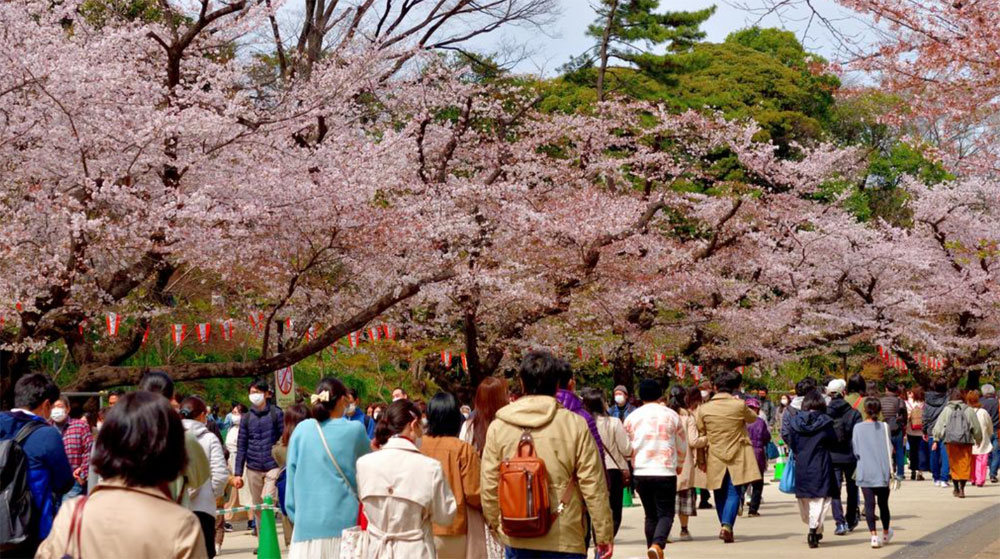
For the first time since Covid-19 struck, Chinese tourists have overtaken those from New Zealand to once again be Australia’s biggest source of overseas visitors.
Bureau of Statistics data showed 114,670 people from China arrived in Australia for a short term visit in January, at the same time as 96,250 New Zealanders.
The growth in short term arrivals from China was welcomed by Tourism Australia, given the Chinese traditionally spend almost twice as much as New Zealanders during a leisure trip — or $5081 as opposed to $2627.
Tourism Australia managing director Phillipa Harrison said the strength of the “lucrative” Chinese visitor market in January was good news for the industry, as was the overall improvement in international arrivals.
“The latest numbers show travellers are continuing to return to our shores in growing numbers,” said Ms Harrison.
Arrivals for January this year are up 17.6 per cent on January last year, and we are approaching full recovery, compared to what we experienced in 2019.
The US was the third-biggest source of overseas arrivals, followed by the UK and South Korea.
John O’Sullivan of adventure tourism company the Experience Co, said they had seen a welcome resurgence of Chinese tourists in specific locations in the last year, although overall numbers continued to lag 2019 levels.
“We certainly saw in locations like Wollongong, that the Chinese market was second behind the domestic market so it was certainly the lead market for us internationally,” said Mr O’Sullivan.
“Up on the Great Barrier Reef, and the experiences we run out of Cairns, we’ve seen over the course of the year continued consistent growth out of the Chinese market. They are coming back to our business in numbers.”
Heading in the other direction, Australians travelled abroad in record numbers at the start of the year, with more than a million people setting off for a short term trip.
The figure represented 115 per cent of pre-Covid-19 numbers, highlighting the strength of the outbound travel market.
New Zealand again claimed the number one spot for short-term departures driven by the visiting friends and relatives market, with Bali second and Japan a strong third, relegating the US to sixth place.
Australian Travel Industry Association chief executive Dean Long said value-for-money destinations were performing very well, with travel to Thailand up 30 per cent and Japan 22 per cent stronger compared to the same time last year.
In contrast, travel to the US was relatively flat because the value was simply not there, he said.
“The problem with the US is the cost of doing business or travelling has just reached that point where the value discussion is very difficult,” said Mr Long.
“Hotels are too expensive in the US with the exchange rate, so the US has got some issues beyond what’s happening over on the east coast.”
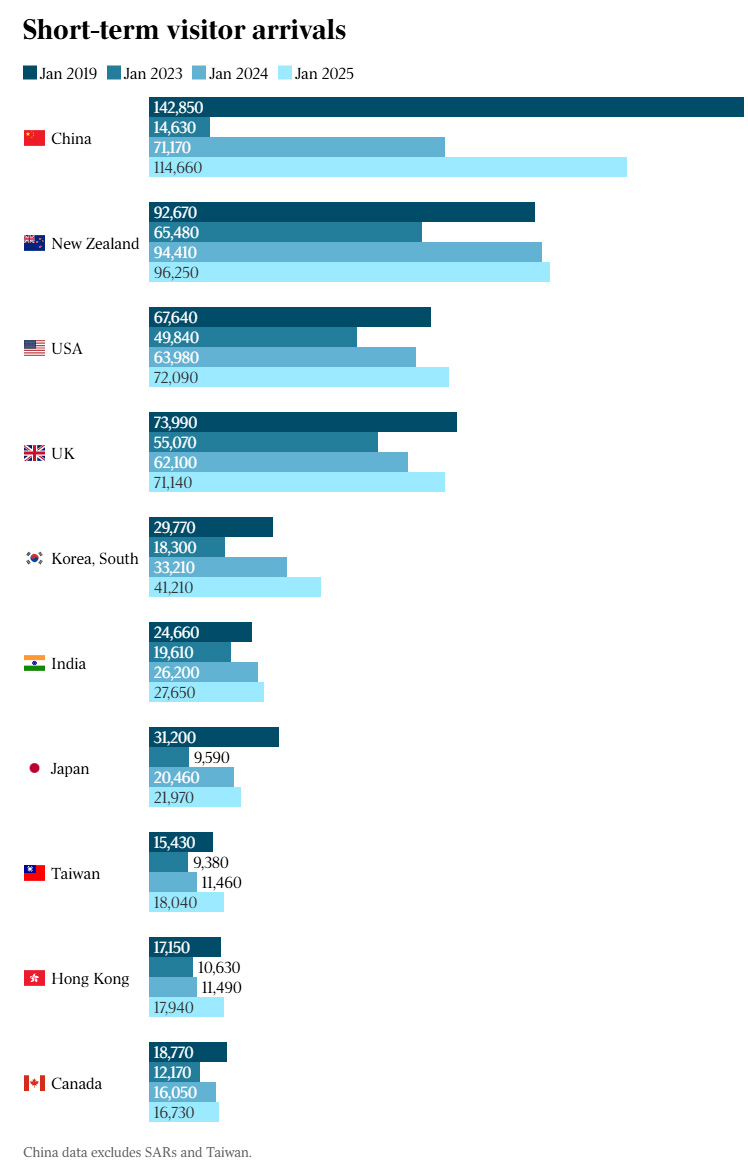
As a result, the US and UK were the only two destinations in the top ten countries visited by Australians, yet to recover to 2019 levels. Mr Long said it all came down to price.
“Both have had high levels of inflation and an exchange rate that doesn’t help and as a result we’re seeing that money stay within Asia. For example the current market is big for Bali,” he said.
“Bali is basically a weekend escape for Australians, everyone wants to go there.”
Veronica Martinez said she was able to land a FIFO job in the mines without any experience, qualifications or tickets.
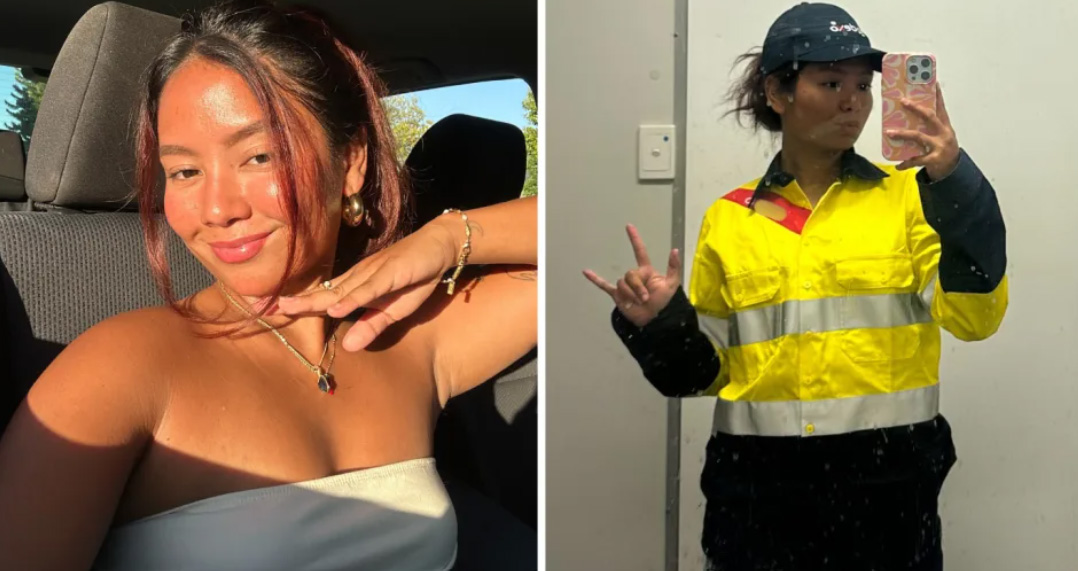
A young Aussie has shared how she got a FIFO job with no experience after leaving her corporate marketing role. Aussies can rake in big bucks working in the mining industry and you don’t necessarily need to get your hands dirty as a tradie or labourer.
Veronica Martinez is earning $90,000 a year as a FIFO kitchen hand in the Western Australian mines.
“What I love about FIFO is the lifestyle—it’s kind of like ‘work hard, play harder’. I get one week off to relax and go wherever I want,” she said.
“If I take two weeks off, it’s almost like getting four weeks away with no drama about leave. The pay is good, there’s free accommodation, food is available 24/7, [which is] one of the perks of being a kitchen hand, there’s a free gym, and we even have our own personal trainer.”
There are a bunch of hospitality and utility jobs available in the mines, including kitchen hands, chefs, bartenders, cleaners and drivers.
Martinez said she decided to make the switch to FIFO because she found she wasn’t getting paid enough in her previous field and didn’t see herself developing further as a digital account manager.
“I enjoyed both jobs, but as someone with ADHD, I like experiencing different things, moving my body, and doing physical labor,” she said.
“I know it might sound weird, but I enjoy being active much more than sitting in an office.”
Martinez said she was able to get her job at the end of last year after persistently applying for entry-level roles, including service attendant and utility worker jobs.
While she doesn’t have any FIFO experience or any tickets or qualifications, she said she made a point to highlight her experience in previous customer service, retail and kitchen jobs when she was interviewed.
FIFO lifestyle can be lucrative but there are sacrifices
Martinez said her job involved two weeks on, with one week of day shifts followed by one week of night shifts. Shifts are 11 hours long.
“The job is easy—it’s mostly helping the chefs prep for dinner service, cleaning the dining room, and washing dishes,” she said.
“I always joke, ‘Why wash dishes at home for free when you can get paid $90,000 a year here by washing dishes?’ People always laugh when I say that, but it’s true.”
Night shift work involves prepping for breakfast, mostly bacon and eggs, and preparing sandwiches.
Martinez said the most challenging part of the work itself was thinking of different varieties of sandwiches to make everyday.
“I work 11-hour shifts, so I try to make things interesting. Luckily, I have a good crew, so working long hours feels more like hanging out,” she shared.
Martinez said the only downside of FIFO work was being away from friends and family.
“You miss a lot of events or small things happening with your friends and family. But it’s a small sacrifice to make for buying a house and living comfortably,” she said.
Getting a FIFO job with no experience
For Aussies hoping to land a similar job, Martinez recommended looking at companies like Sodexo, ESS, Civeo and Programmed to see what entry-level jobs were being advertised.
A Sodexo spokesperson commented that there were a “vast number of jobs beyond mine workers” in the energy and resources industry.
“What keeps remote villages operational, beds ready, and miners fed are the jobs done behind the scenes – the catering and facilities-management teams that keep sites functioning,” the spokesperson said.
“Fly-in, fly-out roles are available at remote sites around Australia for several positions, such as qualified chefs, service attendants, tradespersons, bus drivers and general utilities, to mention but a few.”
Job can be a ‘stepping stone’
While it took Martinez a bit of time to land her job, she encouraged other people interested in FIFO work not to give up applying.
“A lot of people want to do FIFO, so just keep applying and don’t be too picky at the start. Even starting as a cleaner is a great stepping stone to get into mining.
“I believe that once you’re in, you’re in, and there are plenty of opportunities waiting. Just show that you’re worth it and that you’re hardworking.”
Port Stephens is the place to go — with striking azure waters, endless outdoor adventures and stunning natural scenery, and it’s just been crowned Australia’s best town for 2025.
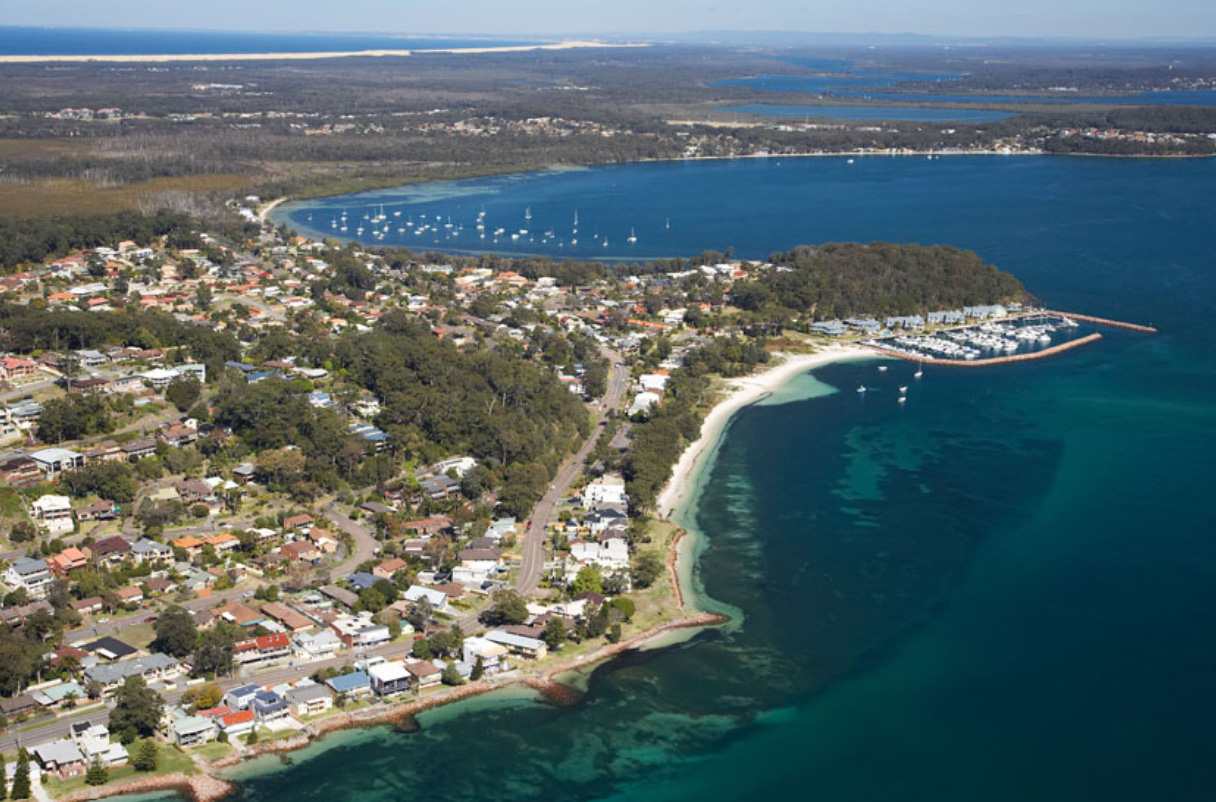
Byron Bay may be the poster child of coastal getaways in Australia but it’s increasingly facing stiff competition from lesser-known, more affordable alternatives. From Brunswick Heads to Bellingen, you’ll find fewer crowds, breezy cafes, sun-drenched coastlines, and chic boutiques in these perfect antidotes to glitzy Byron. One of our favorites is Port Stephens, a surprisingly under-the-radar spot, located just a stone’s throw from Sydney which offers all of this, and then some — and it’s now been voted Australia’s best town for 2025. Wotif has released its annual list of the top 10 Aussie towns to visit and it spans five states this year, each offering something unique with Port Stephens emerging as the winner. NSW dominates the list with Kingscliffe and Yamba also making the top 10. Here’s everything you need to see, eat, and do on a weekend trip to the lovely coastal destination of Port Stephens.
Port Stephens, NSW
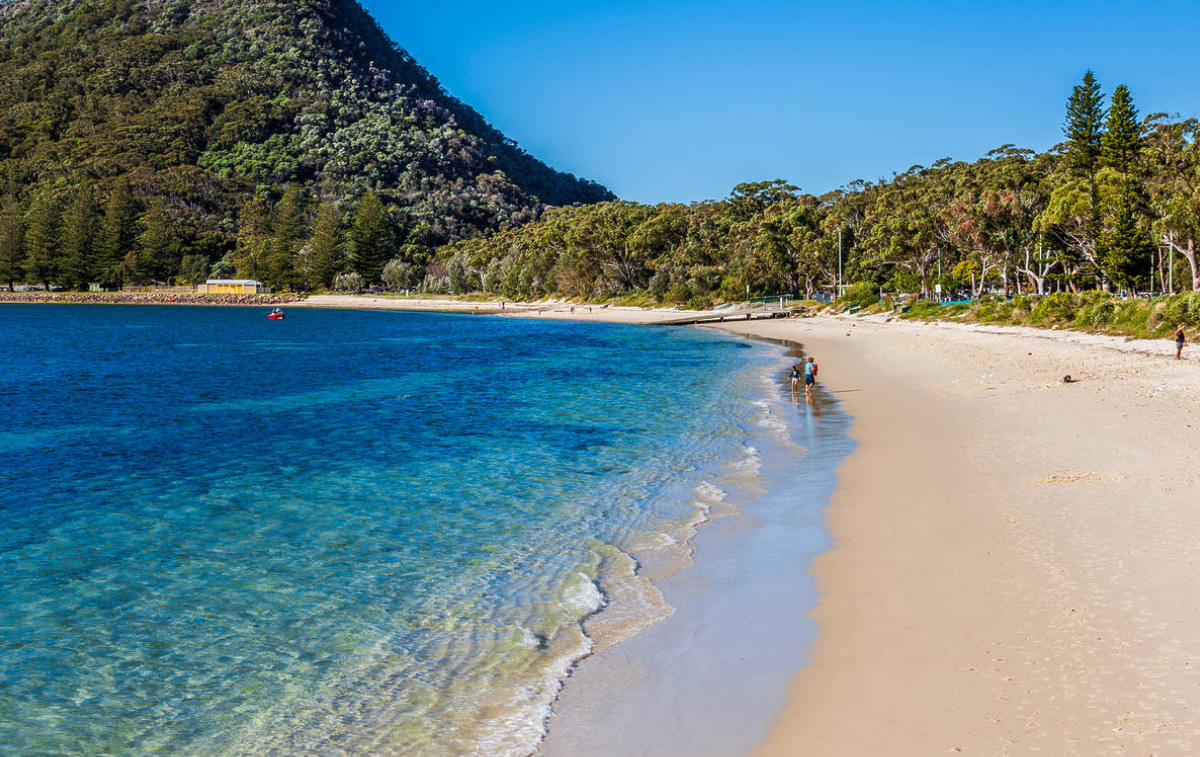
Port Stephens is most frequented because of its giant coastal sand dunes — the largest in the Southern Hemisphere — but it offers a lot more to discerning travellers. As much of a treat as it is for nature lovers with national parks, beaches, coastal walks, and crystal clear waters to explore, it’s just as enjoyable to stroll around, sprinkled with seaside cafes, trendy resorts, and charming shops. There’s also a spate of other iconic NSW locations nearby. Here’s how to explore this secret oasis before tourists start to catch on.
Things to see, eat and do
Must-do things in this picturesque part of NSW include heading to the Stockton Sand Dunes that stretch a staggering 32 kilometres between Birubi Beach and Stockton. You’ll want to budget ample time here because there’s a lot to do — from sandboarding and quad biking to horse and camel riding on the beach to informative Aboriginal tours. 4WD is the most popular way to explore the dunes but remember to apply for a permit before you head down. The Tomaree Coastal Walk is another must-do with secluded beaches, lush rainforest and splendid views. Port Stephens also offers excellent wildlife experiences that the whole family will love from the famous Koala Sanctuary to the Irukandji Shark and Ray Encounters where you can snorkel with these sea creatures up close and learn more about their vital conservation efforts.
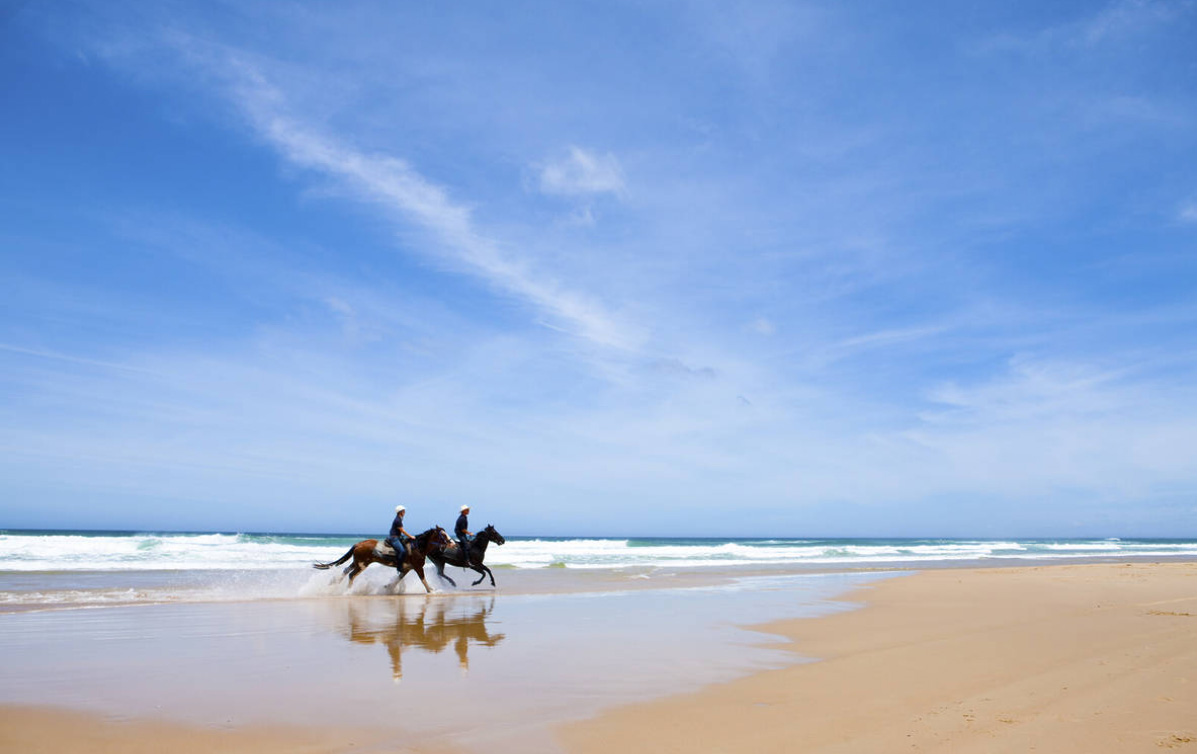
If you prefer to soak up the laidback lifestyle, Port Stephens also offers a wide variety of food and drink options from dreamy sunset cruises to waterside restaurants and cosy cafes to discover while gallivanting around town. There are a few spots we recommend hitting that local patrons swear by: Rick Stein at Bannisters for fresh seafood in a tranquil coastal setting, Cafe Kin for excellent coffee, breakfast, and cocktails, Crest Birubi Beach for fresh local produce and turquoise beach views, The Wood Oven for seriously delicious pizza, pasta and hearty salads and locally loved Little Mavs Seafood Takeaway. Find more local restaurants and cafes here.
The best time to visit Port Stephens

Port Stephens is a year-round gem, so you can tailor your visit to suit your personal preferences. Summer brings the perfect conditions for beach hopping, water activities, and outdoor adventures, though some days can be quite intense. The winter months, from May to July, are perfect for whale watching, while spring and autumn offer milder temperatures, ideal for bushwalking. Read more about Port Stephens and find accommodation options here.
How to get there
Port Stephens is less than a 2.5-hour drive from Sydney, making it the perfect spot for a day trip or weekend getaway. The closest airport is Newcastle Airport, located just 30 minutes by car from Nelson Bay. Alternatively, you can catch a train from Central Station to Newcastle and take a bus to Port Stephens, or rent a car for more convenience.

Are you looking to study in Australia in 2025?
We encourage you to submit your complete student visa application as soon as practical to prevent delays.
Complete means that you have followed the guidance in the Document Checklist Tool. Do this as you lodge your application through ImmiAccount, and include all the evidence requested to support your application.
Incomplete applications may be refused and will be delayed. Applications received in peak periods take longer to process, so it is important you lodge early and lodge complete.
To help you apply
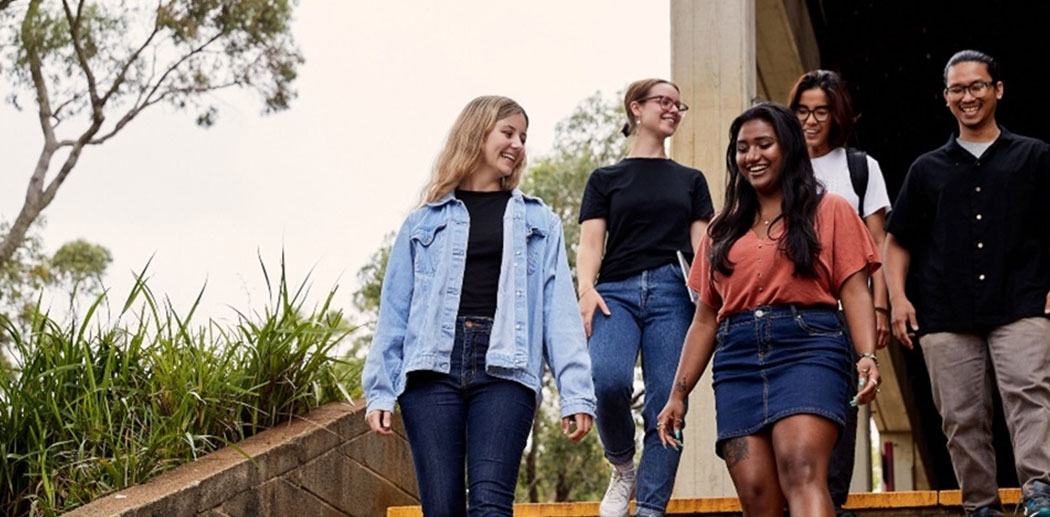
Certain rules apply to part-time jobs in Australia for international students so that they can choose to work while studying in Australia. There are certain part-time work hours in Australia along with a variety of jobs available for international students. Australia is a famous study-abroad destination for International Students from across the world.
While an internationally acclaimed quality education system is one of the many attractions, the fact remains that students wish to explore the country’s many tourist places as well. Also, education might be cheaper than studying in the USA (the top choice for students planning to study abroad), but the living expenses in Australia are fairly high. As such, students studying in Australia can gain a good amount of pocket money to supplement their living costs and enjoy their stay there. For international students, Part-time jobs in Australia can guarantee a descent hourly pay.
Australia offers more than just permission to work while studying in Australia. Before deciding to go for higher education, one must know what it is like to work and live in Australia. Students should also check the cost of studying in Australia.
Top 10 Highest Paying Part Time Jobs in Australia 2025
Here is a list of the top 10 highest paying part time jobs in Australia for international students:
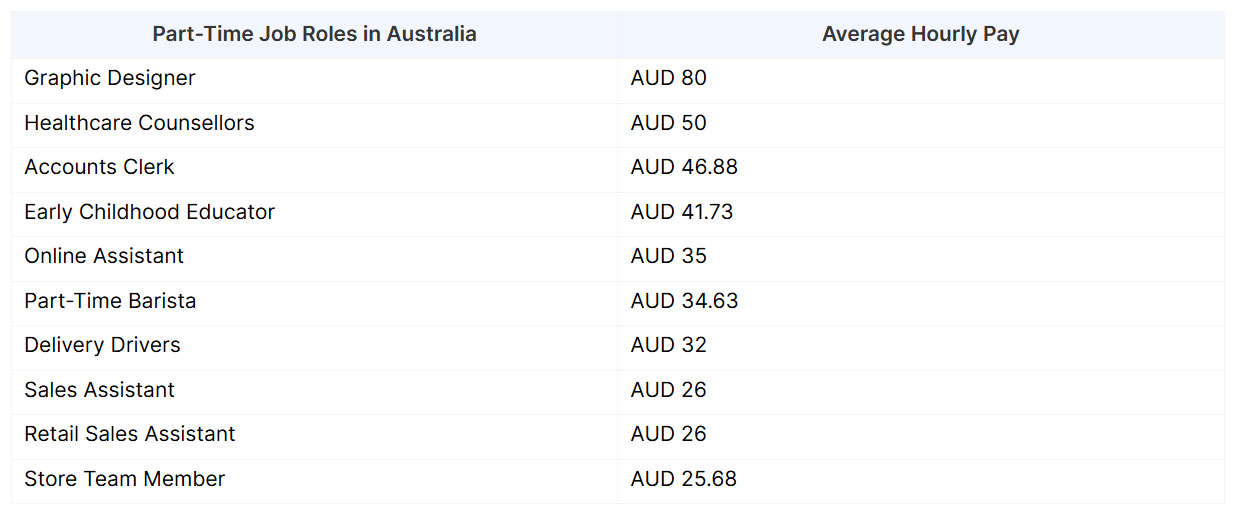
Part-Time Work Permissions on Australian Student Visa
Student visas for Australia allows students going to Australia under Visa Subclass 500 to work up to 48 hours in a fortnight, while the course is in session and for unlimited hours when the course is not in session (during breaks). The only provision is that the student cannot start working until the course commences.
Also, a fortnight refers to a period of 14 days starting on a Monday and ending on the Sunday of the following week. The hours can be divided at the student’s convenience.
A few things to remember:
* Note that if students applying under the category Post Graduate Research Sector are taking a preliminary course, they are eligible to work only for 48 hours in a fortnight during the tenure of the course he/she is enrolled in. Only when the Research Course begins can the student be permitted to work unlimited hours.
Remember that you need to apply for and get a Tax File Number to work part-time. As an international student with a foreign passport, you can apply for a TFN online from their official website.


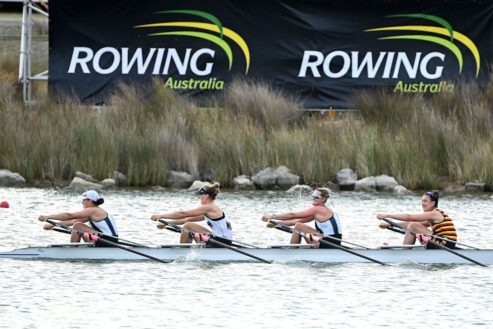

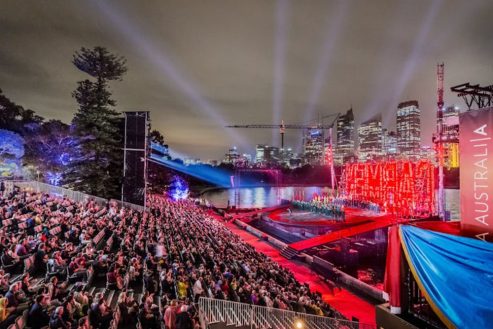

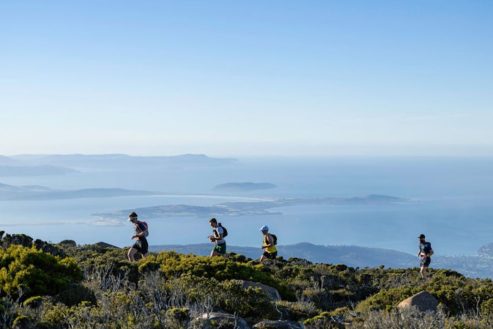
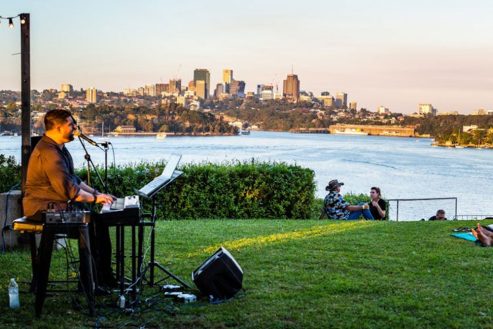
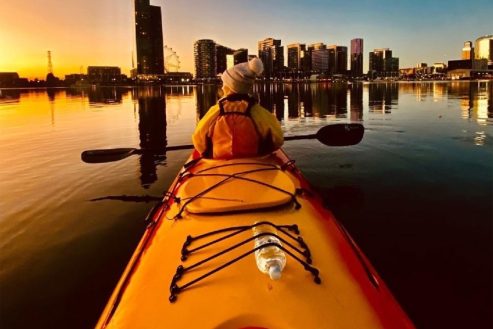
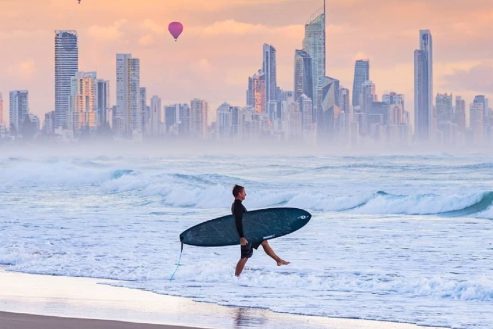


This Bulletin and its contents is for general information purposes only and should not be used as a substitute for consultation with professional advisors.
As legislation and travel requirements are constantly changing, we strongly recommend obtaining advice on your individual situation from a Registered Migration Agent. Please click here to book a consultation with one of our Registered Australian Migration Agents, located in Australia.






You can manage your membership and billing method by clicking here
Terms of Service
Privacy Policy
Copyright © 2025 Office of Immigration Australia, a private company registered in Australia. All Rights Reserved.